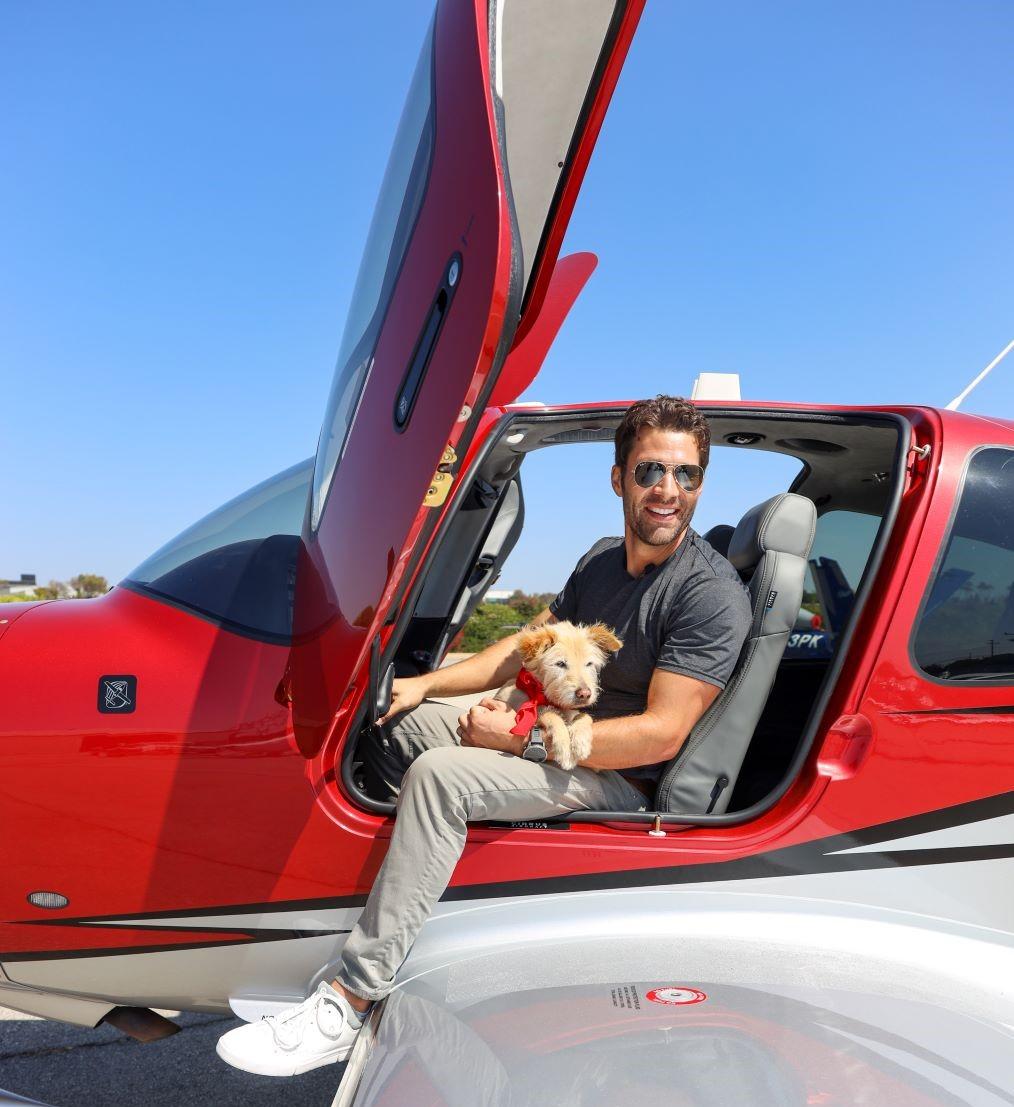
Credit: Adam Moussa
For those in the aviation community who haven’t heard of Pilots N Paws, the organization could provide a great opportunity for pilots to attain hours, keep on top of their proficiency, or simply have fun while serving a good cause. Pilots N Paws, a 501 c3 non-profit organization, started 15 years...
Subscription Required
This content requires a subscription to one of the Aviation Week Intelligence Network (AWIN) bundles.
Schedule a demo today to find out how you can access this content and similar content related to your area of the global aviation industry.
Already an AWIN subscriber? Login
Did you know? Aviation Week has won top honors multiple times in the Jesse H. Neal National Business Journalism Awards, the business-to-business media equivalent of the Pulitzer Prizes.
